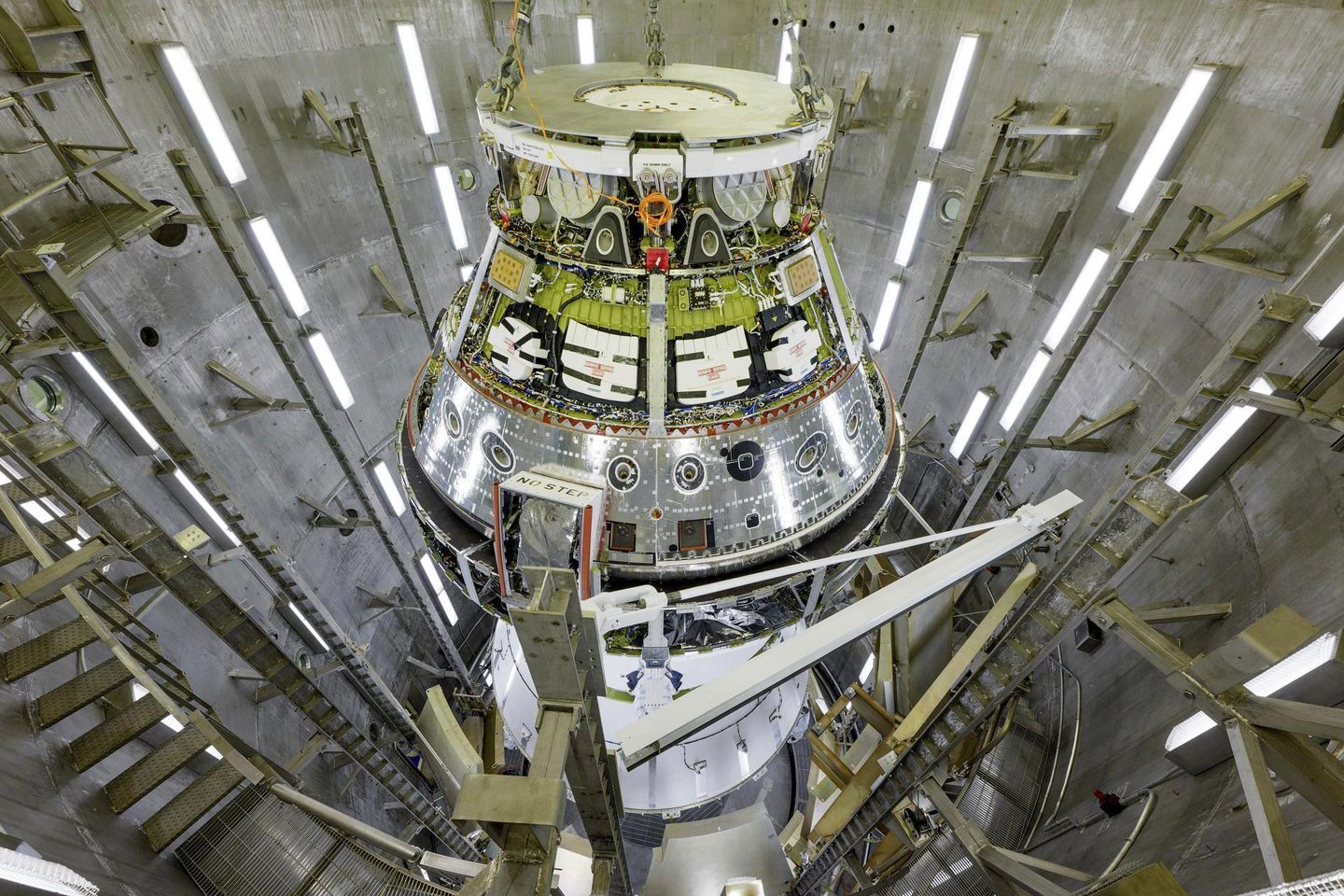
NASA’s Artemis II mission to the moon advanced closer to launch this week following a successful test of its RS-25 engine
At NASA’s Kennedy Space Center on Monday, NASA and L3Harris industry teams conducted a series of engine checkout tests for the Artemis RS-25 engine as part of the Space Launch System (SLS) Program Specific Engineering Test (PSET) series.
The tests included integrated systems tests and a “full virtual hot fire simulation” of the RS-25 engines.
The successful test is a major milestone for Artemis II and the L3Harris-manufactured rockets that will power it. The mission will be launched with four RS-25 engines, three of which have already supported over 20 space missions.
Artemis II is the first crewed mission in the program’s history and is the first NASA mission to send humans to the moon in more than 50 years. Before launching in April of 2026, NASA’s Orion spacecraft needs to be attached to the rocket stack, and engineers need to conduct rounds of integrated systems tests.
Last week, L3Harris and NASA successfully tested the newest version of the RS-25 rockets. According to L3Harris, the new version of the RS-25 rockets is cheaper and easier to produce than previous space shuttle variants.












